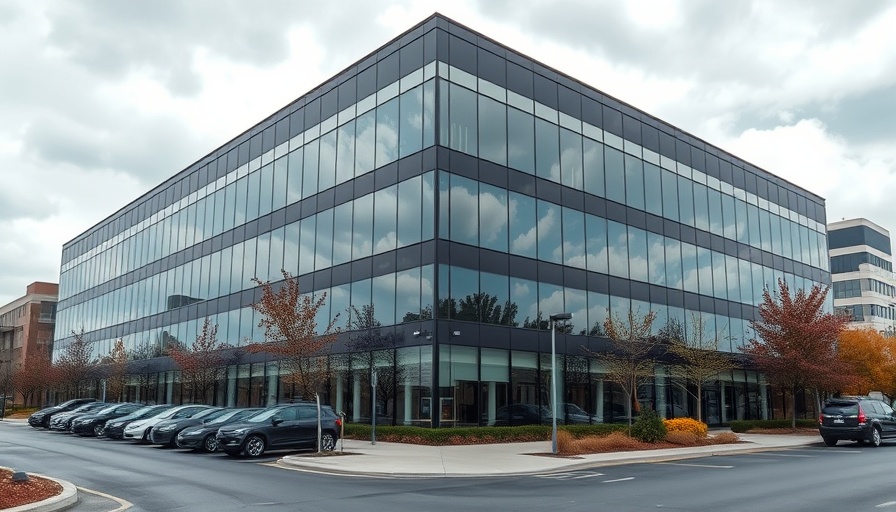
Revolutionizing Water Management
In an era where responsible resource management is paramount, bet365 stands at the forefront of innovation, particularly in water conservation. Their recent advancements at the UK Head Office showcase a pioneering spirit in efficiently utilizing resources, pressing the message that sustainable practices not only enhance operational efficiency but also yield cost savings. With a commendable 85% reduction in water waste achieved through the installation of Cistermiser’s Direct Flush technology, bet365's case serves as an exemplary model for businesses seeking sustainable solutions.
Understanding the Challenge
The average business may often overlook utilities like water, often perceiving them as less critical compared to energy sources. However, when bet365's maintenance team noted an alarming increase in water usage linked to their existing urinal systems, they understood the significance of taking immediate action. The outdated automated control systems struggled with efficiency, creating a dual challenge of excessive water consumption and operational costs. By recognizing this issue early, bet365 positioned itself for an innovative overhaul that would not only alleviate waste but also set a standard in the industry.
The Power of Collaboration
Transitioning to more efficient systems often involves its own set of challenges. For bet365, forging a partnership with water efficiency specialists Cistermiser proved crucial. Their potential lay in creating a customized solution tailored to their needs and environment. By installing Direct Flush Discreet (DFD) units within urinals and employing pulse meters for real-time monitoring, they were able to gather empirical data that would support the necessity for change — transforming a challenge into a showcase of progressive change.
The Impact of Data-Driven Solutions
Data-driven decision-making is at the heart of modern operational strategies. The installation of pulse meters not only facilitated robust evaluation but also reinforced bet365’s commitment to being data-led in every process. By capturing accurate data, the maintenance team was able to identify usage patterns and optimize water consumption significantly, showcasing an integrative approach in operations that combines both technology and environmental consciousness. This alignment reveals how businesses can utilize straightforward solutions to create major impacts—creating a ripple effect that extends beyond mere numbers.
A Path Toward Sustainability
The results speak volumes. An 85% reduction in water usage not only benefits the environment but also delivers tangible financial gains. As bet365 continues to expand its deployment of DFD units, this venture into water efficiency not only benefits their operational costs but also reinforces their image as a socially responsible entity committed to sustainability. This commitment resonates beyond their operational footprint—setting a precedent for other organizations aiming to contribute positively to environmental preservation through responsible infrastructure management.
Conclusion: Setting an Example in Sustainability
The achievement of bet365 underscores a growing trend within the commercial sector—where businesses no longer view sustainability as an afterthought, but as a critical pillar of their operations. Embracing the synergy of technology and sustainability, bet365’s story signals a broader call to action for other business leaders and facility managers. As modern enterprises evolve, those who act proactively in their resource management not only contribute to environmental preservation but also position themselves as frontrunners in a competitive industry landscape. Businesses are encouraged to revisit their waste management strategies and seek expert consultations to enhance efficiencies and drive down costs. Let's talk about how your organization can lead the charge in smarter, more sustainable practices towards resource management.
 Add Row
Add Row  Add
Add 




Write A Comment